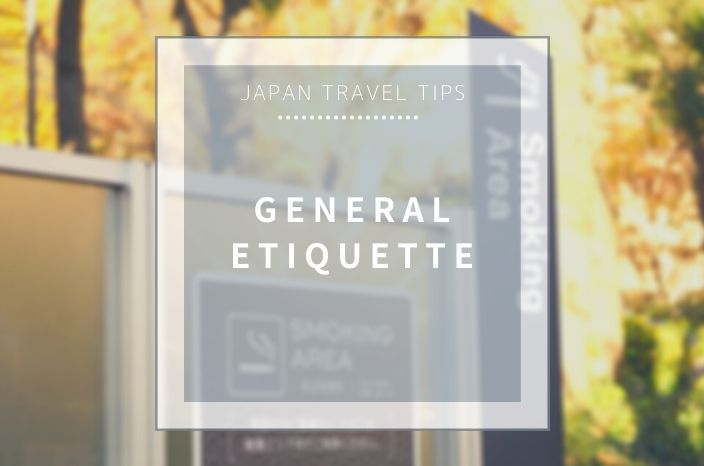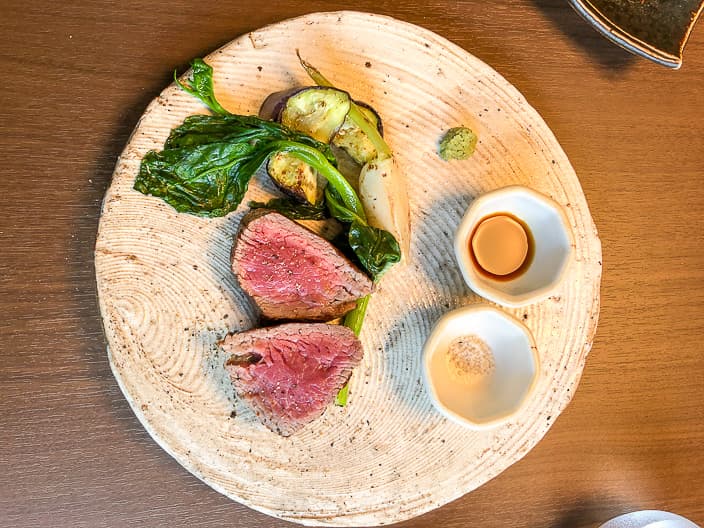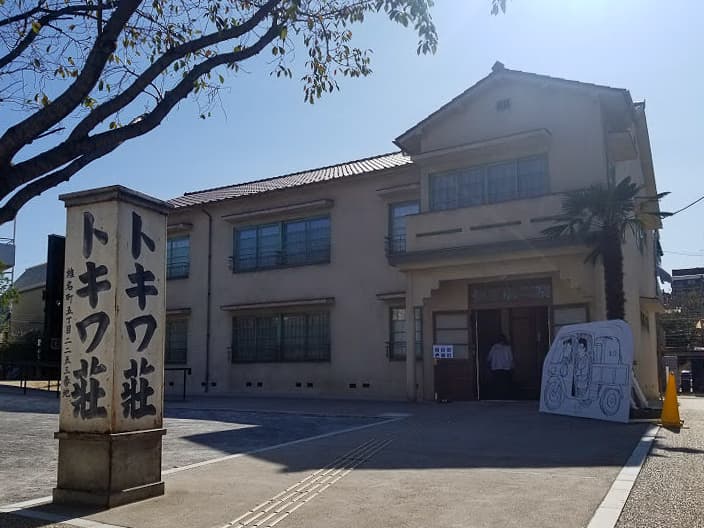Greetings & Bowing
Traditionally, Japanese people do not shake hands and usually a slight bowing gesture is used for greeting and parting with people, as well as to express thanks, apologize or ask someone a favour.
That said, you may sometimes be greeted with a handshake, especially if your counterpart has travelled abroad extensively.
When handing something to someone, it is considered polite to present it holding it with both hands. This also applies to business cards, which you will receive and should treat with respect (do not fold, write on it…).
The Japanese people usually address each other with their last name, followed by the suffix -san (equivalent to Mr & Mrs). In certain cases and especially for customers, the more honorific suffix -sama will be used, as a mark of respect.
Since foreign family names can be quite difficult for Japanese to pronounce, the first name, may be used in less formal situations.
So do not be suprised if you are called “Robert-san” or “Robert-sama”!
Do’s and Don’t
Seating: the formal way to seat is with knees tucked under the thighs. However, for men cross-legged and for women both legs folded to one side is also accepted. Please avoid stretching your legs in front of you or pointing your soles at anybody.
Shoes are considered dirty and should be removed indoors, whenever there is a “step up” (or polished wood or tatami), or a shoe cupboard.
It may happen several times a day, so easily removable shoes are advised (as well as thick socks when visiting temples and shrines).
In case you are asked to remove your shoes, slippers will usually be provided to walk indoors. “restroom slippers” are for that room only.
Never walk on a tatami mat wearing shoes or slippers.
Blowing one’s nose in public is considered rude and should be done privately – especially in the “new normal”, post-COVID.
Eating & drinking Etiquette
Sushi is dipped in soy sauce “up-side down” (on the side of fish, not rice), either using chopsticks or your hands – it is perfectly acceptable, including at restaurants – and eaten in one bite.
Rice is usually eaten “white”, without sauce. It can, however, be sprinkled with spices or condiments – they are usually very different tastes from what you are used to – for example, dried fish or seasoned seaweed.
The bowl of rice can be lifted towards the mouth when eating, as opposed to noodle dishes (which are anyway too hot to take in your hands).
By the way, it is also perfectly acceptable to “slurp” noodles served in a soup (like Ramen, Soba, Udon,…), even in restaurants. It cools down the steaming hot broth and develops the “umami”flavor.
But be careful, it’s NOT allowed when eating western pasta (like spaghetti)! Interesting, isn’t it?
Please do not stick your chopsticks upright in a bowl of rice or pass food from chopstick to chopstick, as these are funeral rites.
When drinking sake or beer in a group, it is considered polite not to fill your own glass but to allow someone else to do it. This custom doesn’t apply to family dinners.
Smoking
Although a new law has been implemented in April 2020, severely restricting the use of tobacco products in locales receiving the public, many casual restaurants (called Isakaya) and bars still allow smoking and few have a separate section for smokers.
However, in Tokyo and Kyoto, specific districts have a complete street smoking ban. Please respect them and smoke only in designated areas.
In addition Japanese people do not litter (including cigarette butts) and carry a portable ashtray. Please consider this very modest investment, to help keep Japan clean – Your guide will be happy to assist you in buying one!



